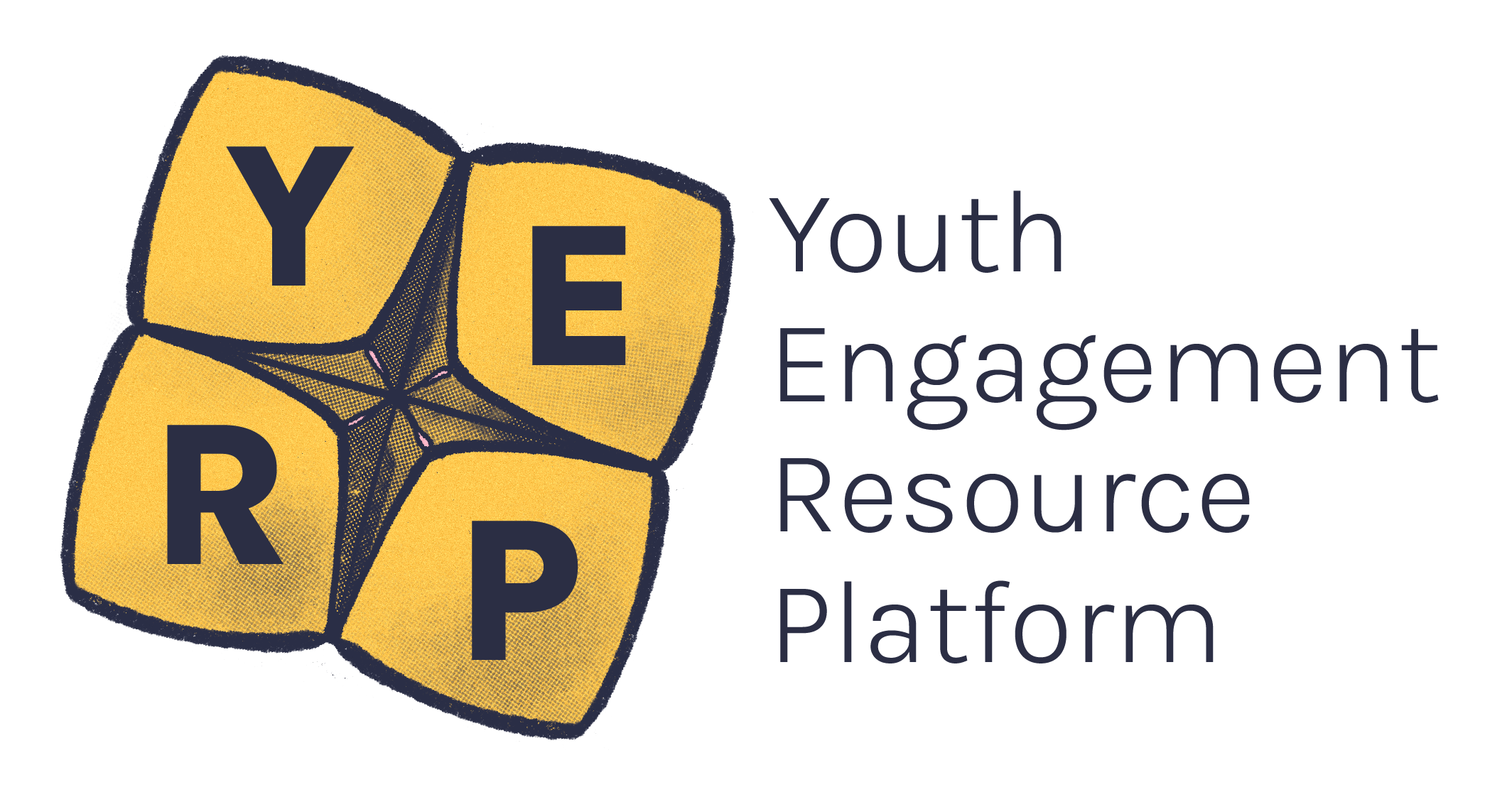We all know disinformation is a thing and that people deliberately spread it online, particularly on social media. It can happen anywhere but is certainly common in politics. For example, we saw this recently throughout the Voice to Parliament Referendum campaign.
It’s one thing to know that disinformation exists, but knowing how to fact check is another. We all have a responsibility to do this and When you think deeply about things and make judgements in a way that is based upon reliable information, and not focusing on the negatives.think criticallyabout what is presented in front of us.
Let’s run through some examples of sneaky techniques that people use! Once you become familiar with them, you’ll know how to spot disinformation and not become as easily manipulated by it.

Emotional language
When someone uses words that can make you feel strong, and usually negative, emotions like fear or outrage. This is also referred to as fear-mongering.
Example: "It’s absolutely terrifying how the government is taking away our freedom to vote."
Incoherence
When someone uses multiple arguments to make a point and they cannot logically all be true at once.
Example: "The Tik Tok algorithm can be pretty unpredictable, but if I don’t get more than 200 views on every video, then the app is rigged!"
False dilemmas
When someone presents two alternatives as the only available choices, when in reality, there are more possibilities.
Example: "If you don’t buy me a potato cake, then you’re the worst friend ever."
Scapegoating
When a person or group is singled out and blamed for a particular problem that they’re not even entirely, or at all, responsible for.
Example: "Our whole friendship group has become toxic and it’s all because of Sean."
Personal attacks
When someone attacks the person making an argument, instead of addressing the argument itself.
Example: "You can’t possibly become a good lawyer if you’re a female, and you’re blonde."
Just asking questions
When someone phrases a claim as a question, which can allow people to cast doubt onto something.
Example: "Why won’t Youth Affairs Council Victoria talk about homeless elderly people in their housing advocacy?"
Cherry-picking
When information is offered without context, which can mislead people. This could be something you see that’s been reshared on social media - that doesn’t mean it is untrue, but it could no longer be relevant.
Example: "When someone brings up statistics about an issue from a long time ago, that have since changed and don’t reflect the issue in the present day."
Remember: always check your facts, look out for these disinformation techniques and don’t believe inaccurate information or allow it to influence you.
Share this guide with your networks so they can gain these skills, just like you!
References:
- Australian Electoral Commission, Disinformation Tactics; March 2023. Accessed 23, October 2023. https://www.aec.gov.au/media/disinformation-tactics.htm.




